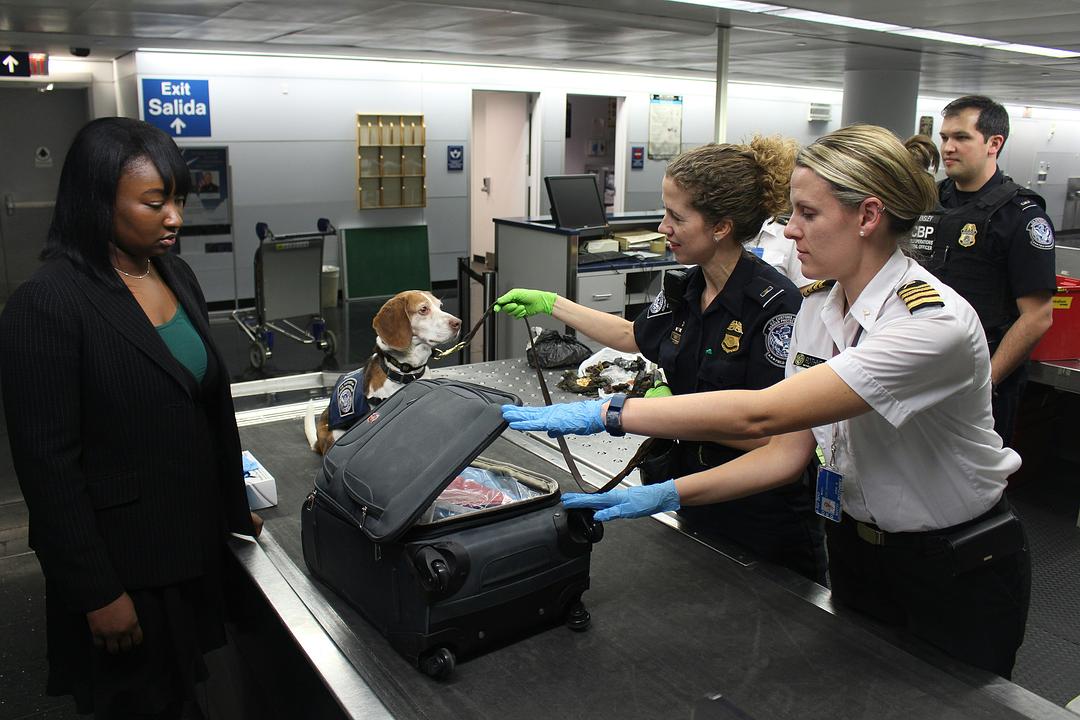
How to Write a Winning Business Plan for Your Idaho Business
How to Write a Winning Business Plan for Your Idaho Business
Launching a business is an exciting venture, but without a solid plan, even the best ideas can falter. If you're seeking advice on how to write a winning business plan for your Idaho business, a business plan is a crucial tool that outlines your goals, strategies, and financial projections. It serves as a roadmap to success and a valuable document for attracting investors, partners, or lenders.
In this guide, we’ll explore how to craft a winning business plan tailored to Idaho’s unique business environment.
What Is a Business Plan and Why Is It Important?
A business plan is a written document that details your company’s objectives and the strategies you’ll use to achieve them. It provides clarity and direction, ensuring you stay focused and prepared for challenges.
Key Benefits of a Business Plan:
- Attract Investors and Lenders: A well-crafted plan shows potential stakeholders that you’ve thought through every aspect of your business.
- Guide Decision-Making: It helps you prioritize resources and make informed decisions.
- Evaluate Progress: A business plan acts as a benchmark to measure your success.
For Idaho businesses, a plan tailored to the local market can make all the difference, addressing the unique opportunities and challenges of the state.
Step 1: Executive Summary
The executive summary is the first section of your business plan, but it’s often written last. This concise overview highlights the most important aspects of your business.
What to Include:
- Mission Statement: What is your business’s purpose?
- Business Overview: A brief description of your products or services.
- Market Opportunity: Why is there a need for your business in Idaho?
- Financial Highlights: Key points about funding and projected revenue.
Example:
"At Mountain Roast Coffee, our mission is to bring premium, locally sourced coffee to Boise residents. With a growing demand for sustainable products, we aim to capture 10% of the local market in our first year, generating $250,000 in revenue.
Step 2: Business Description
This section dives deeper into what your business does and how it stands out.
Key Components:
- Business Structure: LLC, sole proprietorship, or corporation.
- Unique Selling Proposition (USP): What sets your business apart?
- Market Need: Describe the problem your business solves.
Tip: Tailor this section to Idaho’s local culture and economy. For example, a farm-to-table restaurant might emphasize its use of locally sourced ingredients from Idaho farmers.
Step 3: Market Analysis
Understanding your target audience and competitors is essential for crafting an effective strategy.
What to Include:
- Target Audience: Who are your ideal customers? Consider demographics, behaviors, and preferences.
- Industry Trends: Highlight relevant trends in Idaho’s market, such as the growing popularity of eco-friendly products.
- Competitor Analysis: Identify your competitors and explain how you’ll differentiate yourself.
Example:
"While Boise has several boutique coffee shops, few focus on sustainability. Mountain Roast Coffee will target eco-conscious millennials by offering biodegradable packaging and organic beans."
Step 4: Organization and Management
This section outlines your team and their roles. Lenders and investors want to know you have a capable team to execute your vision.
What to Include:
- Leadership Structure: List key members of your team and their responsibilities.
- Ownership Details: Specify ownership percentages if applicable.
- Advisors or Consultants: Mention any external experts you’re working with.
Step 5: Marketing and Sales Strategy
Your marketing and sales plan shows how you’ll attract and retain customers.
What to Include:
- Pricing Strategy: Explain how you’ll price your products or services competitively.
- Marketing Channels: Outline your approach to social media, local SEO, and paid advertising.
- Sales Tactics: Describe your sales process, including promotions and partnerships.
Example:
"We will leverage Instagram to showcase our coffee blends and engage with local influencers to promote Mountain Roast Coffee. Additionally, we’ll host monthly tasting events to attract new customers."
Step 6: Financial Plan
Investors and lenders will scrutinize this section, so be thorough and realistic.
What to Include:
- Startup Costs: Include expenses like equipment, inventory, and marketing.
- Revenue Projections: Show expected income for the next 3–5 years.
- Break-Even Analysis: Calculate when you’ll start turning a profit.
Example:
"With an initial investment of $50,000, Mountain Roast Coffee expects to break even within the first 12 months, generating a net profit of $25,000 by year two."
Step 7: Appendices
Use the appendices for supporting documents that strengthen your plan.
What to Include:
- Product images or prototypes.
- Resumes of key team members.
- Market research data.
Tips for Writing a Winning Business Plan
- Keep It Concise: Aim for clarity and avoid unnecessary jargon.
- Use Visuals: Charts, graphs, and tables can make complex data easier to understand.
- Tailor It to Idaho: Highlight aspects of your business that resonate with Idaho’s local culture and economy.
Conclusion
A strong business plan is the foundation of any successful business. By following these steps, you can create a plan that not only guides your business but also attracts the funding and support you need to thrive in Idaho’s competitive market.
Whether you’re starting a coffee shop in Boise or an online boutique in Twin Falls, Idaho Marketing LLC can help you craft a winning business plan and position your business for success.
#IdahoMarketing #BusinessPlan #SmallBusinessSuccess #IdahoEntrepreneurship #MarketingTips


